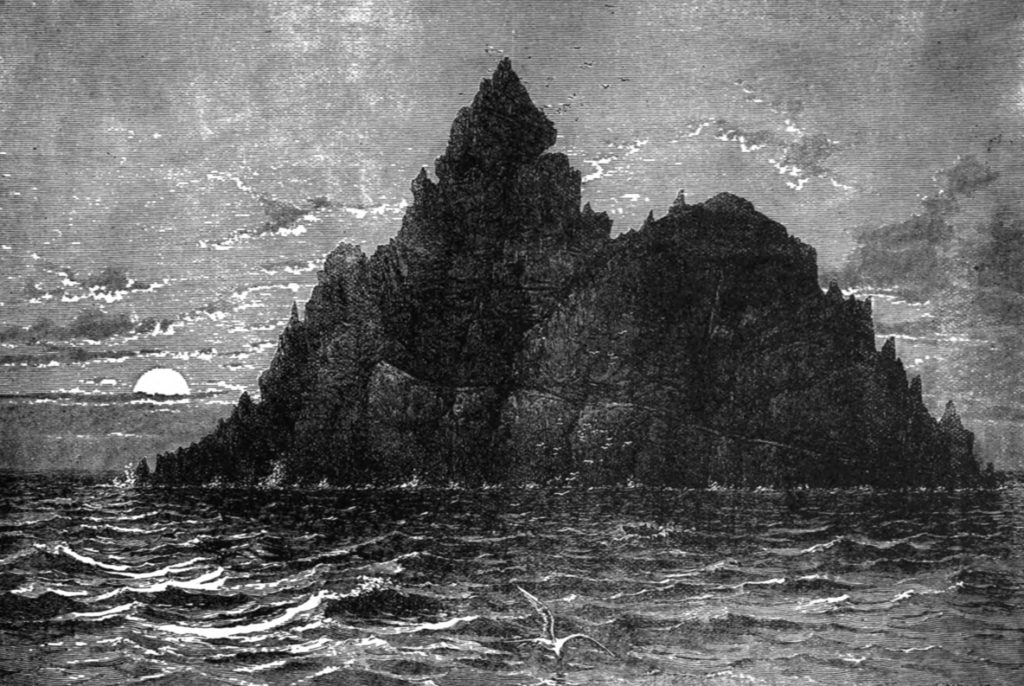Along with a desire to go into the desert and contemplate God, the monks of Ireland held on to the concept of a “green martyrdom.”
[featured-image single_newwindow=”false”]
The Catholic Church has always taught about the possibility of a “red martyrdom,” where one imitates Jesus’ sacrifice on the cross by dying for the sake of the Gospel. Later on there was the belief that if a person wasn’t called to a red martyrdom, they could participate in the same sacrifice with a “white martyrdom,” where someone might endure ridicule for belief in the Gospel, but not suffer death.
Early on, especially in Ireland, there developed a third martyrdom called, “green martyrdom.” An ancient homily in Ireland, written around the end of the seventh century, gives a perfect summary of this type of martyrdom.
Now there are three kinds of martyrdom, which are accounted as a cross to a man, to wit: white martyrdom, green and red martyrdom. White martyrdom consists in a man’s abandoning everything he loves for God’s sake, though he suffer fasting or labor thereat. Green martyrdom consists in this, that by means of fasting and labor he frees himself from his evil desires, or suffers toil in penance and repentance.
This new type of “martyrdom” was mainly due to the fact that Christians in Ireland were not persecuted as were they were in Rome or Israel. There did not exist any type of Empire to hunt them down and destroy every last Christian. Christianity in Ireland developed for centuries under (relative) peace. There may have been a few squabbles here and there, but nothing like the persecution of the early Church.
So the Irish needed a different kind of martyrdom that they could freely participate in. The Irish took hold of this type of martyrdom and, not surprisingly, sought out remote “green” places to become green martyrs. They wanted to be as severe as they could in fasting and penance, and preferred the harshest and most remote places possible.
Skellig Michael was the perfect place.

